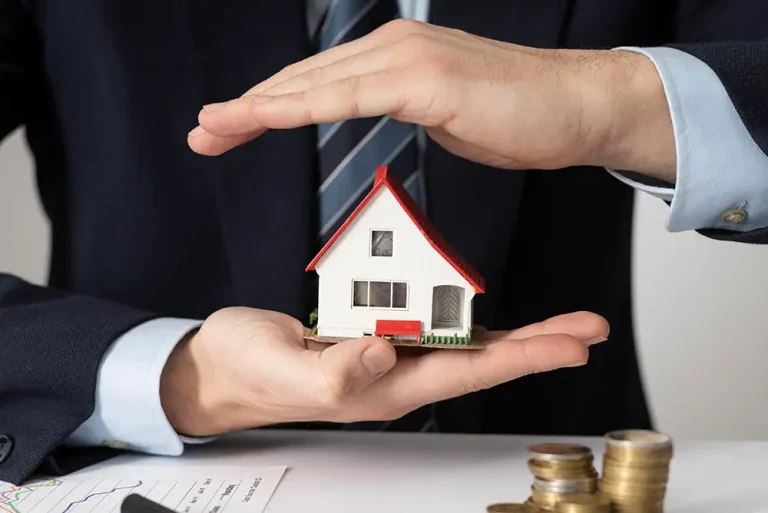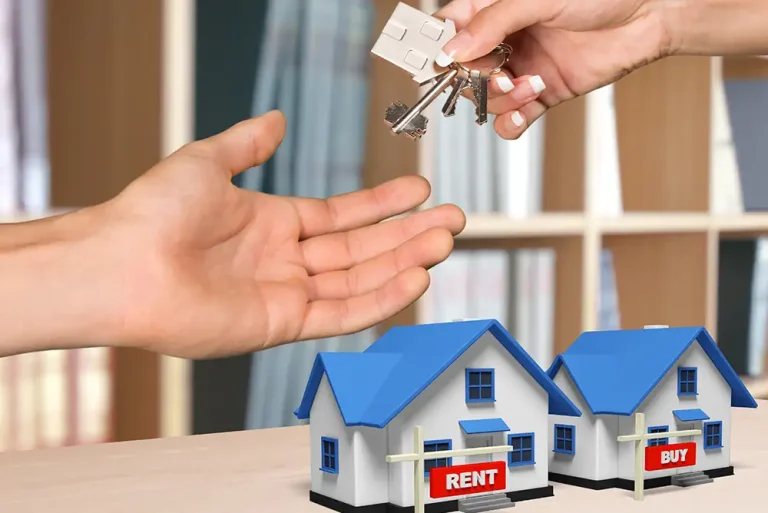Do You Need a Residential Development Loan? Understanding Development Finance and How It Works 🏗️🏠
Are you planning your next big investment in property development? Whether you’re looking to build a duplex, a small unit block, or a larger commercial property, understanding how development finance works is crucial. Residential development loans offer a specialized financial solution tailored to property developers’ needs, providing the funds needed to bring your vision to life. 💰✨
In this blog, we’ll cover everything you need to know about residential development loans, how they work, and how Easy Money Loans can help you secure the right finance for your project.
What is a Residential Development Loan? 🏦
A residential development loan is a type of loan specifically designed for the construction of up to four units on a single title for residential purposes. This could include a duplex, triplex, townhouse, or small unit block. These loans are tailored for developers who aim to build residential properties and sell them upon completion or hold them for rental income.
Unlike standard home loans, residential development loans are structured to align with the different stages of property development, from land acquisition to the final build. 🚧🏡
How Much Can You Borrow? 💸
When considering a residential development loan, the amount you can borrow will depend on the size and scale of your project:
– Small Developments (up to 4 dwellings) :
– For 2 dwellings, you can borrow up to 95% of the land and construction costs (hard costs).
– For 4 dwellings, you can borrow up to 80% of the land and construction costs.
– With a guarantor’s help, you may even borrow up to 100% of the property’s market value plus associated costs.
– Medium Developments (over 5 dwellings) :
– Typically, you can borrow up to 70% of the land and construction costs. For higher amounts, private lenders may offer more but with higher interest rates.
– A minimum profit margin of 20% of costs is required for bank feasibility.
– Loan terms are usually up to 3 years, with amounts ranging from $1 million to over $20 million.
– Commercial Developments :
– These loans cater to larger projects, such as multi-unit residential blocks, office buildings, or retail shops. With a strong network of lenders, we can help you secure the most competitive terms for your commercial development needs. 🏙️
How Does a Residential Development Loan Work? 🔄
A residential development loan works much like a standard construction loan, where funds are released at different stages of development. Here’s a breakdown of the typical stages:
1. Deposit Stage : Initial down payment to secure the loan.
2. Base Stage : Initial groundwork, including foundation laying.
3. Frame Stage : Erection of the property frame and roof.
4. Lock-up Stage : Installation of doors, windows, and securing the property.
5. Fixing Stage : Internal fittings, plumbing, and electrical works.
At each stage, funds are released based on progress payments, ensuring you have the cash flow needed to continue building. To receive a progress payment, you’ll need to sign a payment request and provide an invoice from your builder. This structure allows for greater flexibility and control over the construction process, helping to keep your project on track. 🚀
Key Factors Lenders Consider for Development Loans 📝
When assessing your application for a development loan, lenders will consider several key factors:
– Project Feasibility : A detailed business plan or feasibility study showing construction costs versus potential profits.
– Financial Position : Proof of a strong financial position, including income verification, bank statements, and credit history.
– Development Experience : Your experience as a developer, builder, or project manager, as well as the experience and credentials of your building team.
– Exit Strategy : A clear plan for selling or renting the properties upon completion, including any presales agreements. 🏘️
Do You Need Presales? 🏷️
Presales are often required for larger or riskier projects, particularly in areas outside of metro or inner-city locations. However, smaller developments, such as duplexes or townhouses, may not require any presales at all. In many cases, having some presales strengthens your application and improves your chances of approval.
For commercial developments, some lenders may require 100% presales, while others may accept lower presale requirements, depending on the project’s size and location.
Do You Need Contingency Funds? 💼
Some banks may require you to have contingency funds (typically 10-20% of total costs) to cover unexpected expenses. Not all lenders have this requirement, so it’s essential to work with a specialist mortgage broker like Easy Money Loans to find a more flexible lender and secure better loan terms.
Understanding the Costs Involved 💰
Development loans typically cover:
– Land Loan : To purchase the development site.
– Construction Loan : To cover the building costs.
– Investment Loan : If you plan to retain one of the properties.
However, soft costs such as Development Application (DA) fees, legal fees, and design costs are usually not covered. Make sure to account for these costs in your feasibility study to avoid any surprises. 📑
Switching to a Residential Loan Upon Completion 🔄🏠
After completing your project, you may have the option to refinance to a standard residential home loan, which usually comes with lower interest rates. To do this, you must have paid the development loan for at least 12 months and meet specific lender requirements.
Ready to Start Your Development Journey? Let’s Talk! 🌟
At Easy Money Loans, we specialize in helping you secure the right residential development loan tailored to your needs. Whether you’re a first-time developer or a seasoned pro, our team of experts is here to guide you through every step of the process—from securing the funds to navigating the complexities of development finance.






